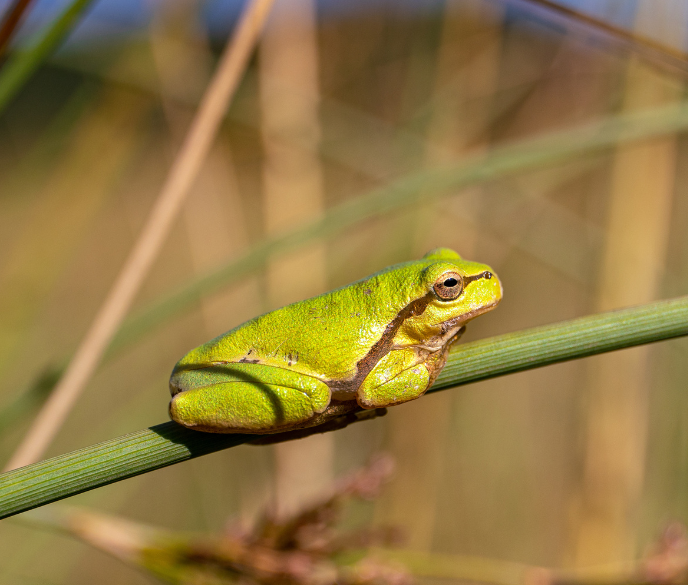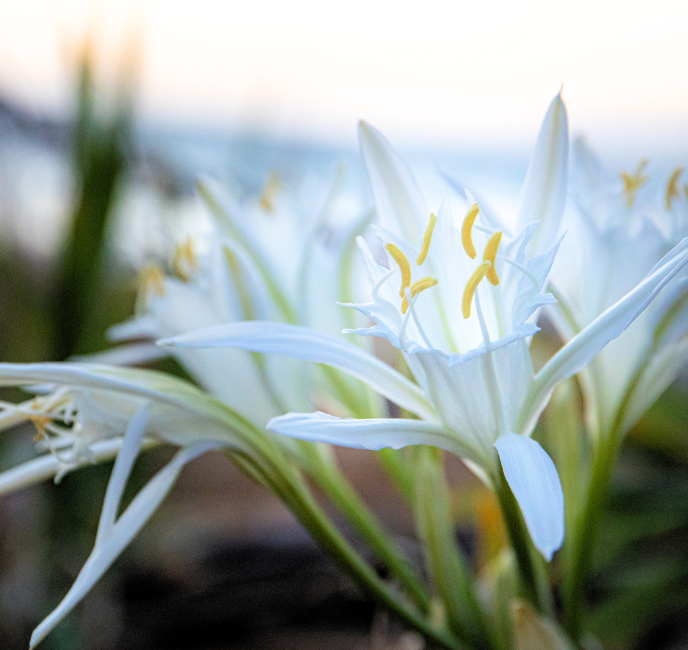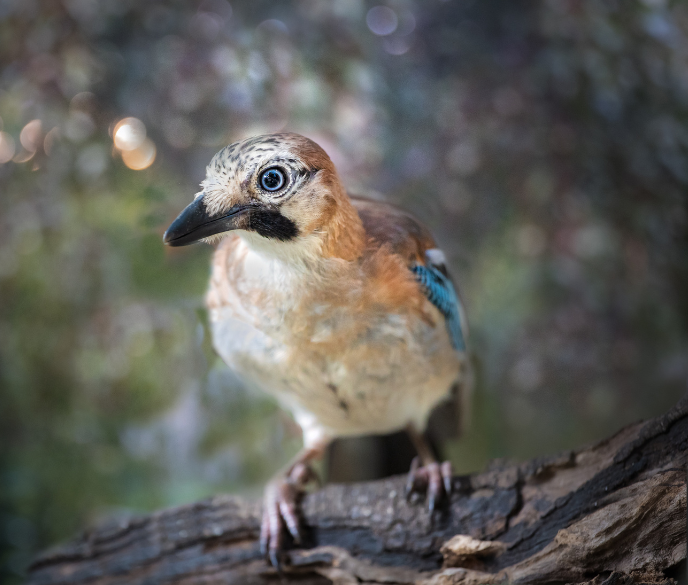The emblematic places of a territory rich in history and nature, the perfect conjunction between the sea and mountains. That's Cilento




The Palinuro Primrose is a flower symbol of the National Park of Cilento, Vallo di Diano and Alburni that belongs to the primrose family.
It represents a rare specimen of yellow primrose with a white interior and consists of a cluster of small flowers with velvety petals. The little group of flowers is supported by a single stem.
It can be found in seaside locations, on calcareous stretches, along the Tyrrhenian Sea. In fact, it is present in the areas from Palinuro to Marina di Camerota, touching Basilicata (Maratea) and even reaching the so-called Alto Tirreno Cosentino, the Calabrian stretch (Scalea and Praia a Mare).
To preserve it from extinction, the Palinuro Primrose has become a protected species of the National Park, already a World Heritage Site.
The park's floristic population probably consists of about 1,800 different species of wild native plants. Of these, about 10% are of considerable phytogeographical importance, being endemic and/or rare. The best known of these species, and perhaps also the most important, is the Palinuro Primrose, symbol of the Park, a paleoendemic species with an extremely localised distribution.
On the beaches the increasingly rare Sea Lily is still present; the cliffs are home to extremely specialised halophytic phytocoenoses dominated by the endemic Statice salernitana, while the Mediterranean rock formations are dotted with precious endemics such as the aforementioned Palinuro Primrose, the Carnation of the Cliffs, the Centaurea, the Iberide florida, the Campanula napoletana and others that characterise, with their blooms, a coastal landscape of rare beauty.
In the Mediterranean-arid belt, the realm of the multiform and polychrome Mediterranean scrub, there is the Cilento broom, the Carob tree, the the Red or Phoenician juniper, holm oaks and groves of Aleppo pines. In the coastal area, in particular, the fabric of evergreen woods and Mediterranean scrub is permeated by olive groves, almost natural gardens that blend in with the warm nature of the Cilento coastline. At higher and interior altitudes the Oaks, at times ancient and solitary, guarding the ancient crops, now grow in compact formations together with maples, lindens, elms, ash trees and chestnuts trees.
On the way up there are majestic beech forests one encounters majestic beech forests that cover and protect the mountains; here, where the scents of the mountains can be perceived, one often encounters the rare Lobel Maple.
The fauna of the Cilento and Vallo di Diano National Park is very diverse due to the wide variety of environments in the area. Coastal and mountain areas, rushing rivers and streams, cliffs and forests, determine as many faunal communities where the presence of species of high naturalistic value often emerges. On peaks, high-altitude meadows and mountain cliffs, the Golden Eagle and its prey of choice: the Partridge and the Italian Hare. The presence of the latter two species is biologically important as they represent native Apennine populations, now extinct in a large part of the territory. The eagle shares this environment with other raptors such as the Peregrine Falcon, the Lanner, the Imperial Crow and the Chough.
Among the pastures, it is easy to observe the Savi's vole, a small herbivorous rodent predated by the Fox, the Marten or even the Wolf, a species whose population seems to be slightly growing. In the same meadows, the realm of numerous species of butterflies, the Wall Lizard and the Luscengola live, peculiar for its resemblance to a small snake but from which it differs in the presence of small limbs.
The fauna of the watercourses is also very rich, with perhaps the largest otter population in Italy. In the areas closest to the springs, where the water is colder and the thick riparian woods provide plenty of shade, live the rare Spectacled Salamander, an Italian endemism of great naturalistic interest, than the more common one.
Among the rich avifauna of the beech forests, the most typical species are the Nuthatch and the Bullfinch, while of great interest is the presence of the Goshawk, a raptor whose distribution is declining.
Cilento, a land of gentle hilly morphologies, covered with expanses of ash-green olive trees reflected in the blue of the Tyrrhenian Sea, and at the same time, a land of rugged morphologies deeply etched by lively streams, chestnut and holm-oak woods, villages clinging to the rocks or lying on the shores. Determining this fresco of striking shapes and colours in stark contrast with each other is the dual geological nature of the rocks that make up the Cilento area: that of Cilento Flysch (a Swiss-German dialect word for 'slippery slope') which is most widespread in the Alento river basin and the main mountains of western Cilento, such as Mount Centaurino (1433 m) and that of the limestone rocks that make up the inland (Alburno-Cervati) and southern (Mount Bulgheria, Mount Cocuzzo) mountain complexes of the Cilento and Vallo di Diano National Park.
On the high coast, the Flysch is characterised by the dense stratification of rocks that sometimes take on particular shapes and colours, as can be seen at Ripe rosse or on marine terrace of Punta Licosa. The resulting landscapes are recognisable by their often gentle morphologies and the greater presence of Mediterranean scrub trees.
Leaving the northwest coast, Flysch territory, and heading inland into the Cilento and Vallo di Diano National Park, the landscape changes: this is the realm of limestone, in the presence of the carbonate massifs of the Alburni and Cervati.